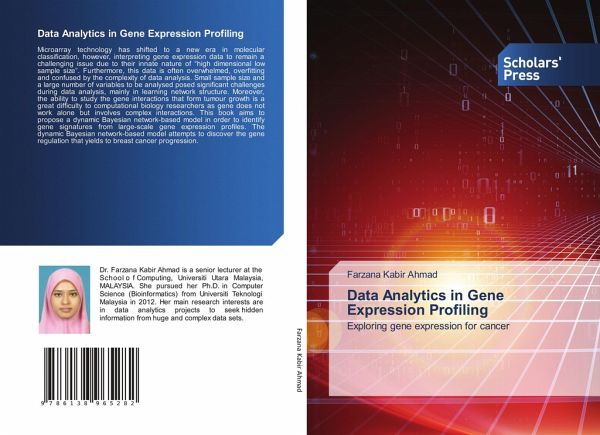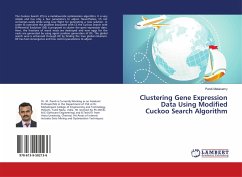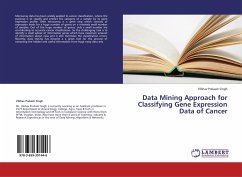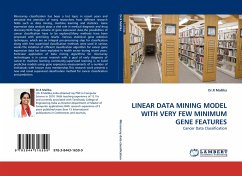
Data Analytics in Gene Expression Profiling
Exploring gene expression for cancer
Versandkostenfrei!
Versandfertig in 6-10 Tagen
40,99 €
inkl. MwSt.

PAYBACK Punkte
20 °P sammeln!
Microarray technology has shifted to a new era in molecular classification, however, interpreting gene expression data to remain a challenging issue due to their innate nature of "high dimensional low sample size". Furthermore, this data is often overwhelmed, overfitting and confused by the complexity of data analysis. Small sample size and a large number of variables to be analysed posed significant challenges during data analysis, mainly in learning network structure. Moreover, the ability to study the gene interactions that form tumour growth is a great difficulty to computational biology r...
Microarray technology has shifted to a new era in molecular classification, however, interpreting gene expression data to remain a challenging issue due to their innate nature of "high dimensional low sample size". Furthermore, this data is often overwhelmed, overfitting and confused by the complexity of data analysis. Small sample size and a large number of variables to be analysed posed significant challenges during data analysis, mainly in learning network structure. Moreover, the ability to study the gene interactions that form tumour growth is a great difficulty to computational biology researchers as gene does not work alone but involves complex interactions. This book aims to propose a dynamic Bayesian network-based model in order to identify gene signatures from large-scale gene expression profiles. The dynamic Bayesian network-based model attempts to discover the gene regulation that yields to breast cancer progression.












